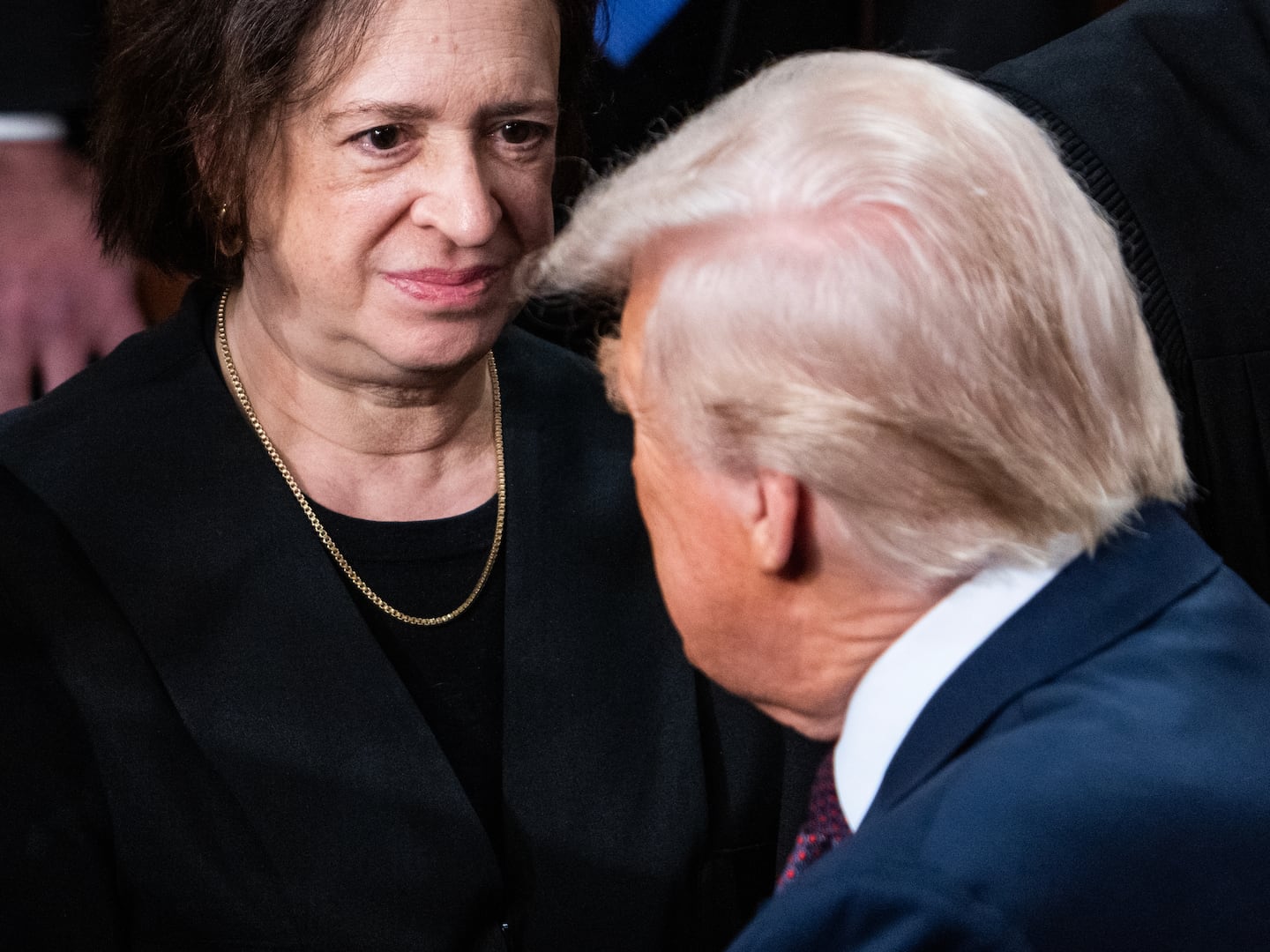IGUALA, Mexico — For all the bustle of commerce in Iguala, “The City of Gold” in southern Mexico, the hills that surround it are quiet and gloomy. The city sits in a valley wrapped in those hills, and the people know it is unsafe to venture into them.
Yet on this overcast Sunday morning in February, the church van veers off the highway and enters an unmarked ranch whose rusty metal gate is open. Spindly trees encroach on the uphill path. It is barely wide enough for a truck to pass.
The van is traveling in a caravan of two other vehicles, with an escort from the Mexican National Police. Its passengers do not wish to be identified by name because they are afraid of reprisals for what they have come to do. They have come to comb the hills for the bodies of their disappeared relatives, whom they suspect could be buried here.
They are members of the Committee In Search of the Other Disappeared of Iguala. To be a member, one must have had an immediate member of the family disappear. They meet for coffee and eggs every Sunday morning at the San Gerardo Catholic Parish in Iguala. After breakfast, Father Oscar, the parish priest, leads them in a group prayer and gives them his personal blessing. Then they pile into vans and pickup trucks and head for the hills.
The woman sitting next to me is in her 40s. She wears a pink bandana over her hair, and large sunglasses cover her eyes. Today would have been the 18th birthday of her son, Marco Antonio. But five months ago, he disappeared, and she fears the worst. Instead of preparing him his favorite meal, she is tramping through a densely wooded parcel of land searching for his unmarked grave.
“Losing your child is losing a part of your life,” she said. “It changes you. You feel like you’re finished.”
The woman in pink is making conversation with another woman, who is about 10 years older, with short hair dyed auburn and penciled-on eyebrows. She is talking about the shock of losing her son and the delusions she suffered at first, the false sightings of him that grew so frequent and worrisome that her husband nearly had her interned in a psychiatric hospital.
The older woman replies with the story of how her 28-year-old son disappeared somewhere on the highway to Taxco in 2009.
“We are united in pain,” she said.
On the night of Sept. 26, three student activists from a local teachers college were murdered and 43 others abducted by city police purportedly acting in concert with organized crime. The shocking nature of the crime, and the enduring suspicion that a political motive was behind it, stirred a public outcry.
In early October, a protest filled the streets of Iguala, with parents of the 43 disappeared students at the head of the march. Members of the committee recall how one banner in particular expressed the public sentiment in Iguala at the time. It read, “The disappeared are more than 43.”
A small group of relatives decided to act, forming a committee to search, and more than 50 families showed up the first day. The Committee of the Other Disappeared, as it is known, has been in existence for five months, and new families join every week, members say.
“It’s a little snowball that keeps getting larger and larger,” said one elderly man who is searching for the body of his kidnapped daughter. “There is sadness, so much pain and distress, but in unity we are getting stronger. It’s a kind of support you don’t find in your own family.”
The committee is searching for relatives who disappeared in Iguala as far back as 2006. But the majority of the disappearances are from 2012 to the present. The volunteers concur that it was the massacre of September 26 and the example of the parents that inspired them.
“If it hadn’t happened, we’d still be in our houses shaking with fear,” said the grieving mother in the pink bandana, referring to the student massacre in Iguala. “Seeing the pressure from the marches touched our hearts. They unified to search for their children. Why not open your heart and say, ‘I’m the parent of a disappeared, too.’”
But where the parents of the missing 43 student activists have made a point to demand justice from the government, calling for their children to be found and returned alive, The Committee for the Other Disappeared is not asking for justice or seeking punishment for those responsible. Its objective is to find the bodies of their relatives, and to give them a proper burial with a gravestone.
***
There have been tens of thousands of cases of disappeared persons since the Mexican government declared war on drug cartels in 2006. The government of current President Enrique Peña Nieto estimated that more than 23,000 people have disappeared in Mexico during that time. Forty percent of the disappeared are young people between the ages of 15 and 29.

In February, the United Nations condemned the Peña Nieto government in a scathing report on disappeared persons, pointing out that in Mexico there is still no clear legal definition of “forced disappearance,” no federal database of missing persons, no legal foundation to prosecute high government officials suspected of complicity, no jurisdiction for civilian courts to try suspects who are members of the armed forces, and no special division of the Mexican Attorney’s Office devoted to prosecuting disappearances.
On March 16, nearly six months after the massacre in Iguala, the Peña Nieto government announced it would nominate a “czar” to coordinate the thousands of investigations of disappeared persons in Mexico, and propose a new law that penalizes public servants, including the army and police, found guilty of a forced disappearance.
For members of the Committee of the Other Disappeared, however, change starts locally, and support from authorities cannot be counted on.
The Mexican Justice Department credits the committee with discovering the remains of 48 individuals since the weekly searches began in October (so far, a DNA identification comparison has been completed for only two of the bodies). But Mario Vergara, a founder of the committee and the one member willing to provide his full name, says the actual number of bodies they have found is many times higher.
“The hills are cemeteries,” Vergara said.
Four days a week, Monday through Thursday, the Mexican Justice Department (PGR) sends a team of forensic experts from three and a half hours away in Mexico City to confirm the findings of the committee, and extract bodies where found. But Vergara and the committee consider the government’s effort to be inadequate.
“The PGR moves at a turtle’s pace. It takes them an entire day to excavate three graves that are two feet wide and 20 inches deep. It is shameful. It is an amount of work that we, the relatives of the disappeared, can do in an hour. For them it takes an entire day.”
The government assigns a psychologist to counsel the relatives, takes DNA samples for purposes of comparison, and provides bus fare for volunteers who otherwise could not afford to take part in the search. But even so, the relatives find the government’s effort lacking.
Vergara says the government gets “tunnel vision” and misses graves. Or it extracts one body from a grave and fails to notice that others are buried there. He said the government’s forensic experts do not search for graves, but merely excavates bodies from the areas indicated by the committee. He said that of the 48 bodies discovered by the committee, only four were discovered by Mexican authorities. And he said the government has slowed the search by forbidding the volunteers to participate in the excavation.
“They are so slow. I think their orders are to exhaust us. That is what I think,” he said. “It’s not anything we’ve heard. But from what we’ve seen, they are very slow.”
On a Monday when I happened to be present, patrols from the Mexican Army, Navy, and National Police arrived punctually at 9 a.m., but the forensic experts from the PGR were three-and-a-half hours late to begin the excavation.
Two German shepherds were crated in the back of the National Police truck. But Vergara said the dogs are not like the ones seen in movies. They are kept in crates until the volunteers convince the law enforcement professionals to release them and confirm the discovery of a new grave.
“We thought we’d see dogs running free and sniffing everywhere. But dogs don’t find graves, we find them. The dogs only reaffirm our findings,” Vergara said.
One member of the committee, an Army veteran in his 50s who lost his son and who goes out on search expeditions dressed in head-to-toe camouflage, told me “We’re our own dogs.”
The members of the committee say they are used to being disparaged as dogs sniffing for bones. They’ve heard it many times. It is an insult the woman in pink chalked up to a combination of fear of organized crime and a collective denial at the scale of the disappearances in Iguala.
“We’re all in this together,” she said, “and one day it may be they who are up here sniffing around.”
The men in the group appear especially to embrace the term dogs. One man in his 50s with a white beard introduced his brother to me as “a real sniffer dog.”
***
It is after breakfast on Sunday, February 15, and a few dozen members of the committee stand in a group to take a vote. Vergara has proposed they search in a new location. For four months, they have searched for graves on the same hill, and he is arguing that a change is necessary to show that the graves are spread out, and not limited to one location.
Most of the committee members listening to him are dressed in matching black T-shirts with the pledge printed on the back, “My child, until you are given a proper burial, I will keep searching.”
In addition to members, the committee has activists, who participate in the searches even though they have not lost an immediate relative. A female activist in the group argued against Vergara’s proposal, saying that a move from the established location was too dangerous.
“There is no such thing as a safe area,” Vergara argued in response.
Tension in the group was running high. Two days prior, a young woman who lives down the street from the church in Iguala was murdered in broad daylight. The woman, Norma Angélica Bruno Román, had joined in several search expeditions, and news reports suggested that she was murdered for her activism, a claim the committee denied in a statement.
The group voted 13-6 to move the search to a new location.
Vergara is the most outspoken member of the committee, and admits to receiving death threats. His younger brother Tomás disappeared three years ago on his way to work, so he wears two carabiners clipped to a loop in his jeans out of a conviction that he will one day be disappeared as well. Flesh, bone, and clothing all decompose in time, he said, but metal remains. The carabiners are for his family to identify him by if his body is one day discovered in the hills.
***
The tools the committee takes on its searches are rudimentary. A local blacksmith fashioned a few three-foot iron spikes for them with a flat top and a handle in the middle to hold for balance.
Every Friday, an advanced group of volunteers and state police scout new areas where they believe bodies are buried. As grave hunters, they are self-taught.
The first sign of a hidden grave, Vergara said, is the trash left behind on a densely wooded parcel of land. The hills are not hospitable places for camping, which is why the discarded bags of potato chips, beer bottles, and rusty tin cans attract the attention of the volunteers.
On closer inspection, personal belongings are mixed in with the trash: a discarded sneaker, a moldy blouse, shredded jeans, a tarnished key on a key ring.
An elderly campesino whose son has gone missing picks up a torn strip of heavy cotton fabric with the end of his machete. It is long and durable enough to bind someone’s wrists.
“They brought them up here alone with their hands tied in front,” he muses. “They had them dig their own graves before they killed them.”
The stump of a freshly fallen tree is the second sign of a hidden grave. Like a scene from a horror flick, trees on the hill grow so closely together that they leave little space in between to move, much less to dig a grave. A tree is often cleared away to create space to dig.
Loose dirt is the third sign of a hidden grave. It forms in a mound at first but with time and rainfall sinks to its natural level, creating a depression the shape of a cradle in the earth.
Rocks unearthed and tossed aside in the act of digging are the fourth sign of a hidden grave. They are craggier and dirtier than the stones ordinarily found on the forest floor.
An old woman with her dark hair tied back and a streak of gray at the roots calls for someone to bring over a spike, and the man in a white beard hurries over. He pushes the pointed tip into the soil and strikes the flat top repeatedly with a ball-peen hammer until the stake is a foot deep in the ground. Then he withdraws it, holds the point up to his nose, and sniffs. The odor causes him to recoil. The ordinarily fresh scent of the soil is tainted with the foul odor of stagnant water; it is a positivo.
Vergara piles stones on the ground to mark the spot. The process is repeated again and again, and the enthusiasm of the volunteers carries them further and further apart in the woods, out of sight of each other.
No more than a minute or two passes before another voice calls for a spike. The pling of hammer on spike reverberates through the trees. There is another cry of positivo. But there aren’t enough spikes to go around.
The woman in the pink bandana improvises, borrowing the old campesino’s machete and hacking the branch off a tree. The old army veteran in camouflage scours the ground at his feet with a pained expression: “There are so many,” he mutters, and staggers away down the hill.
Up the hill, the old woman with the gray streak in her hair is poking a dry stick in the soft ground. Grass, thorns, twigs, and leaves are stuck to her hair and long-sleeved T-shirt. Winged ants buzz in the air. The stick bends and breaks in the middle, but the old woman is undeterred.
“This is our last chance to find our relatives,” she says. “If our movement ends we’re afraid we’ll never find our family. That’s why we’re like dogs looking for bones.”
***
After more than two hours of search have passed, the woman with the short hair and penciled-on eyebrows hurries down the hill, alerting the others to a suspicious movement in the branches. The others exchange looks of concern. Was it a deer? A lookout? Someone running away? She cannot be certain.
Though the woman in the pink bandana assures me that “none of us is scared of anything,” Vergara seizes the moment and calls for everyone to return to the vehicles.
An old Mexican ballad from the ’50s croons on the radio as the passengers in the van ride back toward the highway in contemplative silence. The woman in pink speaks first.
“We need sharper machetes,” she says.
Today they estimate they have found 30 graves, several of which are large enough to contain more than one body.
Back at the church, the volunteers sit at a cafeteria table over a buffet lunch of chicken and rice. Vergara is talking about his mother, how she has aged 10 years in the three years since his brother went missing. For two-and-a-half years, she begged to go and search the hills for his brother, but he refused.
“It’s like searching for an owl, that was what I told her,” he recalled. “I was a pessimist, we were all pessimists. It wasn’t possible. But now we know it’s possible, because we’ve gone there and found so many.”






